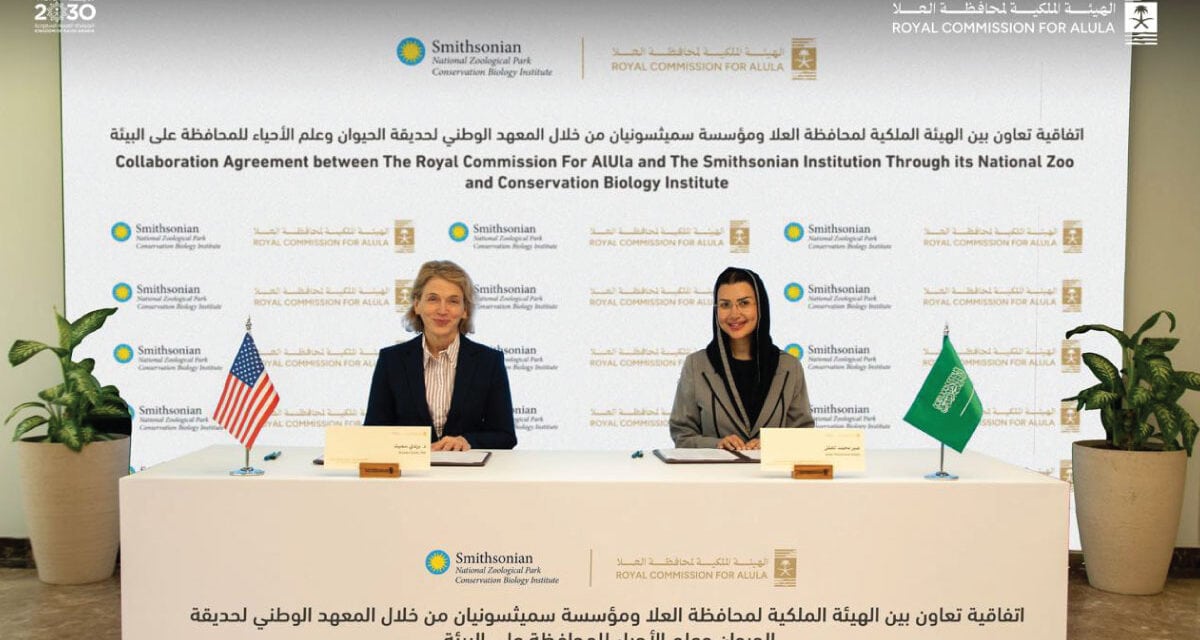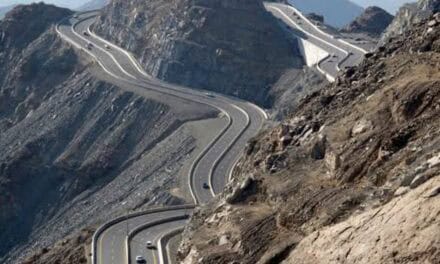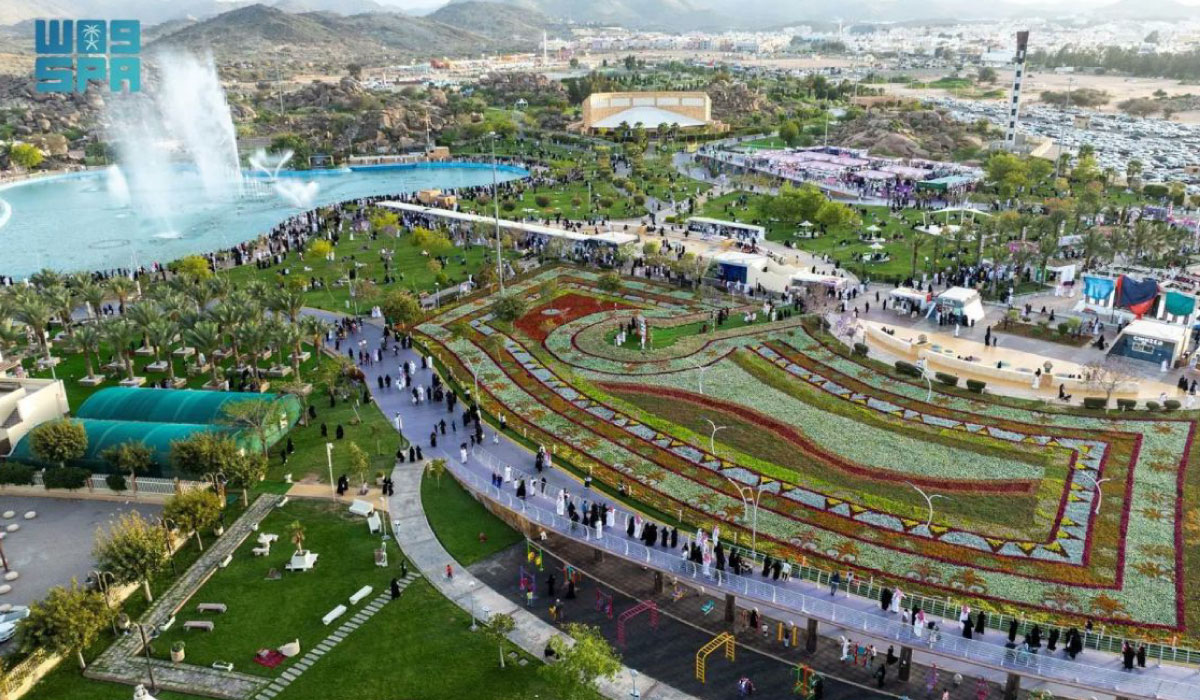AlUla — The Royal Commission for AlUla (RCU) and the Arabian Leopard Fund have signed a strategic partnership with the Smithsonian Institution’s National Zoo and Conservation Biology Institute to bolster international efforts to protect the critically endangered Arabian leopard (Panthera pardus nimr).
As part of the agreement, a pair of Arabian leopards from AlUla will be transferred to Washington, D.C., joining a scientific program aimed at genetic diversity preservation, public awareness, and ex-situ conservation of one of the world’s rarest big cats.
This initiative is part of RCU’s broader strategy to expand global conservation networks and promote the long-term survival of the Arabian leopard. The Arabian Leopard Fund plays a central role in coordinating efforts and facilitating collaboration between global conservation institutions.
The partnership merges the Smithsonian’s deep expertise in wildlife biology with RCU’s Arabian Leopard Breeding Program, which is based in Taif. Since RCU took over management in 2020, the breeding center has doubled its resident population and was recently accredited by the European Association of Zoos and Aquaria (EAZA)—a first for any Saudi institution.
The agreement also includes the creation of the first-ever Arabian leopard exhibit in the U.S., aiming to educate American audiences about the species and galvanize global support for desert ecosystem conservation.
The Arabian Leopard Fund provides a platform for collaboration with leading organizations like the IUCN, Panthera, and Catmosphere, all working to reverse the species’ decline through breeding programs, habitat restoration, and public engagement.
The Arabian leopard is currently listed as “Critically Endangered” on the IUCN Red List, making it one of the most threatened feline subspecies globally. The new partnership represents a proactive step toward securing its survival and reintroducing it into the wild.
This initiative forms part of RCU’s larger environmental regeneration program in AlUla, which includes habitat restoration, rewilding key prey species, and engaging local communities to pave the way for the leopard’s eventual return to its natural habitat.






